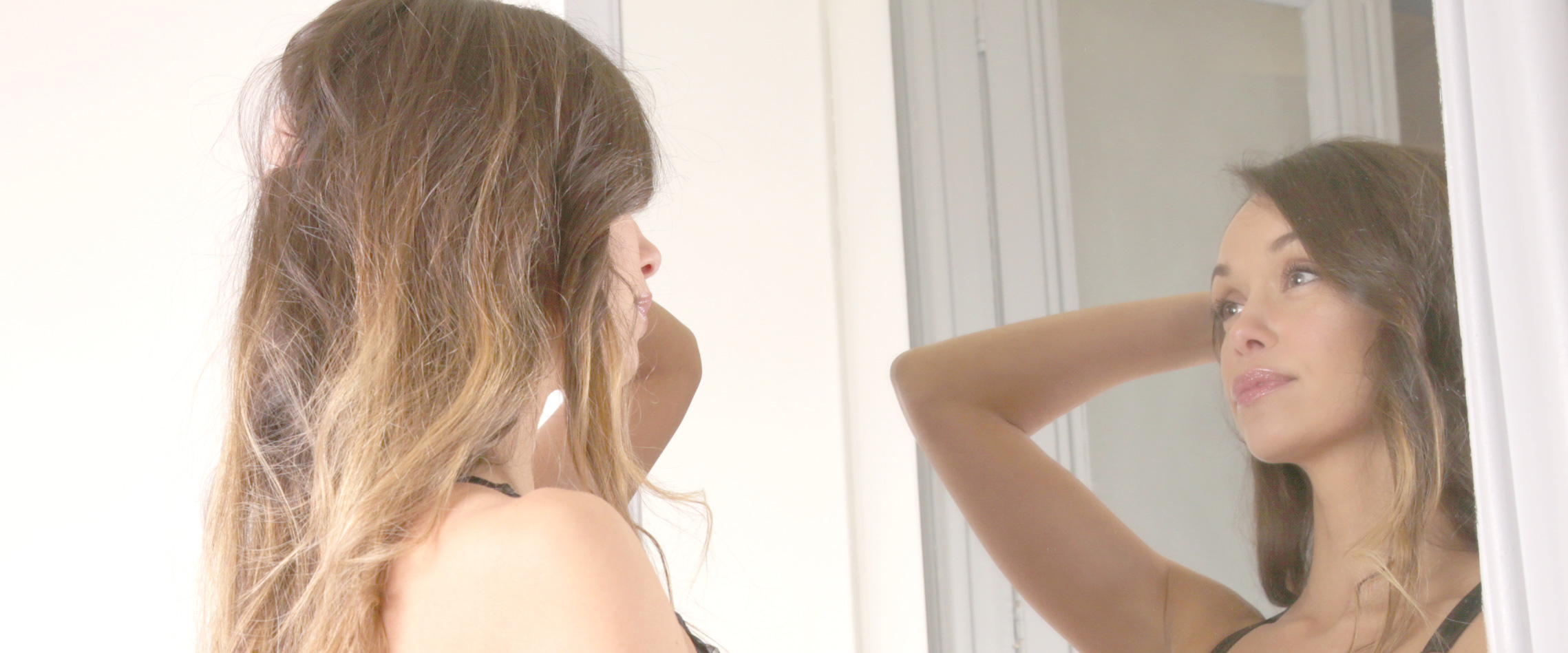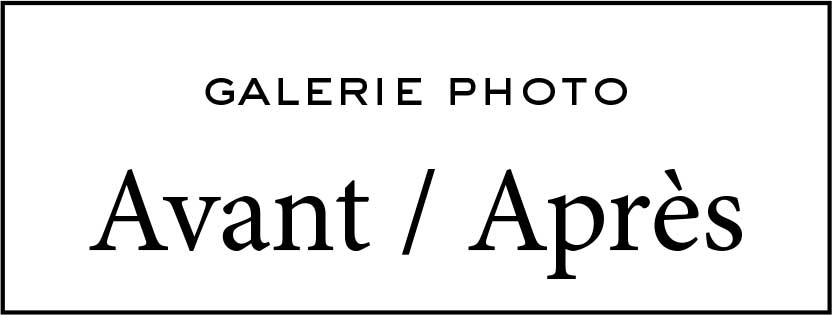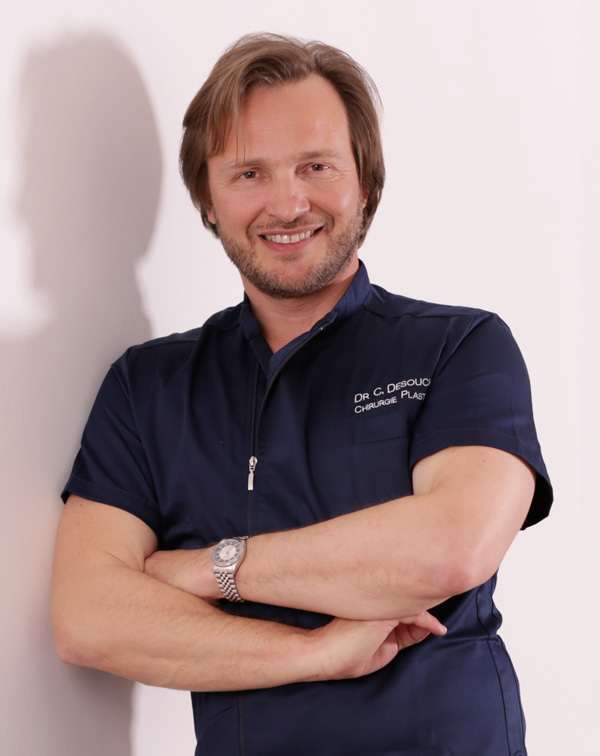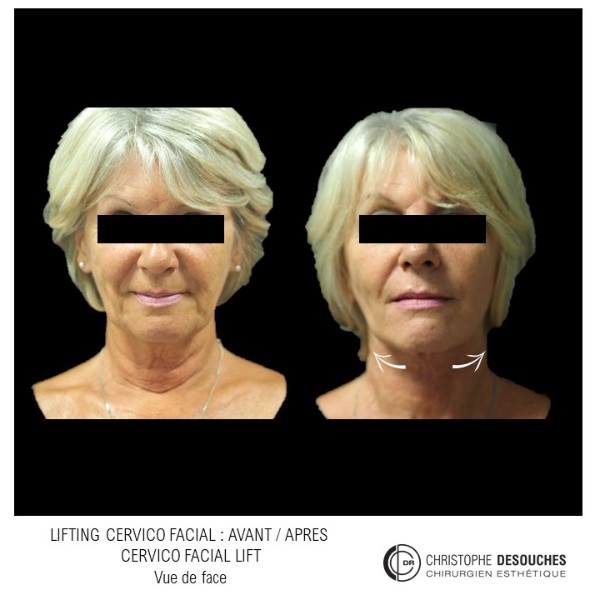Cervico-facial lift
By choosing Doctor Christophe Desouches and his team, you are talking to experienced professionals who will support you at every stage of your process.
Online quote
Online appointment
Fees
Contact
04 91 55 00 00
cervico-facial lifting
Contact us
By choosing Doctor Christophe Desouches and his team, you are talking to experienced professionals who will support you at every stage of your process. Do not hesitate to contact us on 04 91 55 00 00 to make an appointment.
Botulinum Toxin
Fillers
Medical rhinoplasty
Lip augmentation
Peribuccal wrinkles
The nasolabial folds
The bitterness folds
Tension threads
The hollow ring
The dark circle
Medium and deep peeling
ORIGIN Fractional Laser
Microneedling
The upper eyelids
The lower eyelids
Surgical rhinoplasty
Point rhinoplasty
Lip lift
Centro-facial lifting
Micro-lipofilling
Bichectomy
Cervico Facial Lifting
HAIR SURGERY
Hair Transplant
FUE
Mesotherapy
Stem cells
Vitamin complex
Augmentation by prosthesis
Augmentation by lipofilling
Breast lift
Breast lift and prosthesis
Breast lift and lipofilling
Nipple reduction
Invagination of the nipple
Axillary augmentation
INTIMATE SURGERY
Male
Penile lengthening
Penile thickening
Hyaluronic acid
Scrotal lift
Female
Nymphoplasty
Liposuction of the belly
Hip liposuction
Thigh liposuction
Calf Liposuction
Buttocks lipofilling
Tummy tuck
Calf prosthesis
Cryolipolysis
INNOVATIONS
Custom cosmetics
Skin analysis
Cellfina
HIFU
ORIGIN
3d simulation




